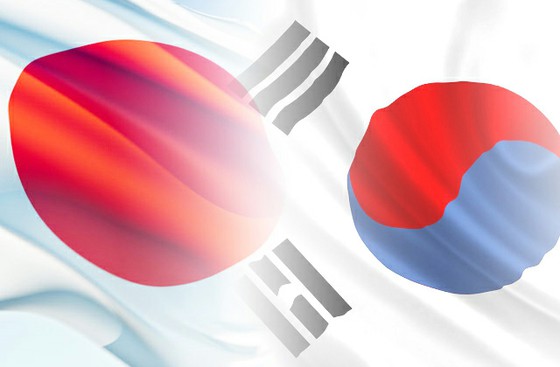 |
The Great Kanto Earthquake occurred at 11:58 am on September 1st, 1923. The Tokyo metropolitan area was hit by violent shaking equivalent to the current seismic intensity of 7 or 6. Nearly 110,000 houses were completely destroyed, mainly in Tokyo and Kanagawa. In addition, because the time of the fire overlapped with the daytime, multiple fires broke out at the same time, further exacerbating the damage. More than 212,000 buildings were destroyed in the fires, including 447,000 houses. More than 105,000 people died or went missing, making it the worst disaster in Japan since the Meiji era.
In addition to the damage caused by the earthquake itself, 'hoaxes during the disaster' also became a problem. In the chaos of the earthquake, false rumors such as "Koreans caused a riot" and "poisoned wells" were spread. There was an incident in which Koreans and Chinese who had been working in Japan were killed. The exact number of casualties in this so-called "Korean massacre" is unknown, but a report by the Cabinet Office's Central Disaster Prevention Council puts it at "1 to several percent" of the roughly 105,000 people who died in the disaster.
In 1973, a memorial monument for Korean victims was erected in Yokozunacho Park in Tokyo's Sumida Ward to commemorate the massacred Koreans. Since the following year, every year, a memorial ceremony has been held at the park sponsored by an executive committee formed by the Japan-North Korea Association.
But the memorial service has been hampered in recent years by groups questioning the number of victims of the massacre. The conservative group "Soyokaze" takes issue with the fact that the number of victims of the massacre on the memorial monument is "more than 6,000" and that it "has no scientific basis." Since 2017, a rally has been held in the park at the same time as the memorial service. In August of the following year, the Tokyo Metropolitan Government certified hate speech as part of the remarks made by participants during the 2019 rally.
Soyokaze has already announced that it will hold a rally again this year. In response to this, the executive committee of the memorial ceremony released a statement on the 17th. He denounced the rally by "Breeze" as "a rally that blasphemes the dead" and urged the city not to issue permission to use the park.
At the memorial ceremony, past governors of Tokyo sent condolence letters, but Governor Yuriko Koike said, "I mourn all the victims of the earthquake," and since 2017, the year after she became governor of Tokyo, she had not sent any letters of condolence. It is said that he has already informed the executive committee that he does not intend to send a memorial letter this year as well. Yasuhiko Miyagawa, chairman of the executive committee, criticized this, saying, "Isn't it a manifestation of the stance of not accepting or acknowledging the history of the tragic massacre?"
On the other hand, a picture scroll that seems to depict the situation at the time of the massacre of Koreans has been newly discovered, and it has been open to the public since the 5th of last month at the Koryo Museum (Shinjuku Ward, Tokyo). The picture scroll is the 2-volume "Great Kanto Earthquake Picture Scroll" drawn in 1926, three years after the earthquake. It is highly likely that it was painted by a former teacher painter from Fukushima Prefecture. Of these, the scene of the massacre is in Volume 1, which is about 14 meters long. , There is a scene where he is bleeding and falls down after being attacked by veterans with swords and bamboo spears.
The picture scroll is on display until December 24th at the museum's special exhibition "100 Years of the Great Kanto Earthquake: The Massacre of Koreans Covered Up."
In the picture scroll, it is written that "it is shown to those who have not encountered this tragedy, and is therefore urged to reflect." It means, "I want the many people who didn't suffer this tragedy to think twice." It appeals to the need to face the tragic incident that occurred immediately after the earthquake 100 years ago.
2023/08/21 13:04 KST


